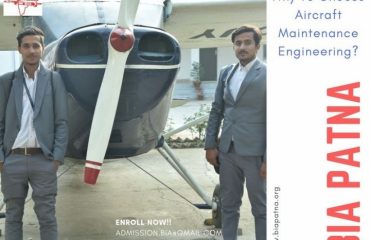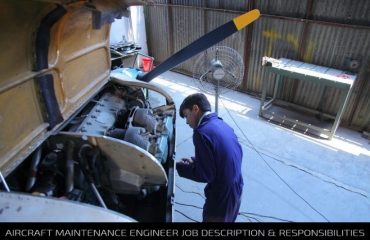The Aviation Industry is considered to be way too much obsessed with performance and reliability. This Industry always relies on innovation to grow and overcome challenges.
And that could be the reason that the aviation industry has never shied away from technology. The advent of 3D printing Technology in Aviation, technically known as Additive Manufacturing in Aircraft (AM), has taken the hobbyist world by storm in recent years.
3D Technology in Aviation, such as 3D Printing and MRO (Maintenance, repair, and Operation), is one of the most explosive and disruptive manufacturing processes to have hit this industry in the last few years.
The aerospace industry has always been focused on lower productions but complex ones. However, as consumer air travels are increasing, the demand for new aircraft too are growing. Therefore, suppliers struggle to provide solutions that are both fast and cost-effective. That’s when 3D printing comes into the picture.
Here, now look at some benefits of this 3D Technology in Aviation Industry………….
The benefit of 3D Printing Technology in Aviation
Roughly every 15 years, the global aviation fleet doubles in size. This puts tremendous pressure on the manufacturers, having to consistently create new planes while keeping in line with the new legislation.
3D Printing enables aerospace designers and manufacturers to create a range of aircraft parts with complex designs. It also offers multi-dimensional benefits. 3D printing can drastically reduce the time it takes to create plane parts, and will soon be the industry standard for manufacturing certain elements.
However, it is now used in a wide range and designers are analyzing future possibilities. To know about all these in detail you must consider doing an Aircraft Maintenance Course.
Refer this to Know about Aircraft Maintenance Engineering Course Details
Following mentioned are some Benefits of 3D Printing in the Aerospace Industry:
Improved Development cycle
It enables the designers to skip tooling production and speed up the overall process of prototyping and create the final conceptual design.
Complex Design Parts
Complex and elaborate designs can be made with much ease with the 3D technique. This helps create more customized end products.
Production Speed
3D Printed Aircraft Engine Parts allows on-demand manufacturing as it produces parts in just a few hours. This reduces the need for warehousing and the cost incurred by spares going obsolete.
Reduction in Weight
Lighter aircraft are fuel-efficient and give airlines a competitive advantage. 3d Aerostructures creates more efficient geometric designs and carves out unnecessary materials.
Material Efficiency
Though the raw powder material to create 3D printing is expensive yet the overall process creates far lesser material waste.
This 3D Technology in Aviation drastically cut down on the time and parts needed to build sections of a plane. A heat exchanger for a catalyst can be made of as much as 300 separate components, but can now be printed as a single part.
Reference: https://blog.v-hr.com/blog/3d-printing-can-change-the-aviation-industry
What are the Challenges That Lie Ahead for 3D Technology in Aviation?
The main obstacles that are faced by 3D Technology in Aviation are not being able to combine different materials during the manufacturing process.
Some of these obstacles include:
- Development of new materials
- Manufacturer-specific materials, nonstandard for use on more than one AM system
- High costs of raw materials
- Low working speed
- Small build volumes limiting the part size
- Automation of series production
- Lack of qualification standards
- Need for post-processing
- Skills availability
However, these challenges seem quite small when we witness how far 3D printing technology has traveled in the past 30 years. There is an absolute room for growth and further advancement in the field.
Note: Planning to do an Aircraft Maintenance Course, then join Bharat Institute of Aeronautics (BIA), one of the best Aviation Training Institute in Patna.
Which Aviation Companies are Using 3D Printing?
Some of the companies that are using 3d Printing Technology in Aviation are as follows:
Airbus
Airbus has already begun using 3D printed parts in their airplanes, some of which have around a thousand 3D printed parts in them. Some of the airbus 3d Printing parts weigh up to a third less than traditional metal components.
Boeing
Boeing has already used 3D printing to make around 60,000 parts. Because 3D printed parts can make planes lighter, quieter, and more efficient, it’s an area that all aviation companies are looking to invest in.
This is having a big impact on the additive manufacturing sector – aerospace accounts for roughly 20% of the market.
Conclusion
3D printing is almost certainly the future of manufacturing. In a field like the Aviation Industry, where the weight and efficiency of the plane is of paramount importance, innovations like this promise to keep things as competitive as possible. So, here we will put an end to this blog – ‘3D Technology in Aviation’. We hope you enjoyed reading this blog and found this informative……. Till then, stay tuned………………





